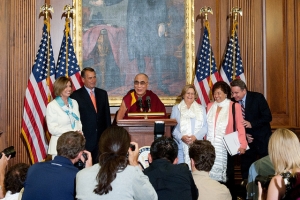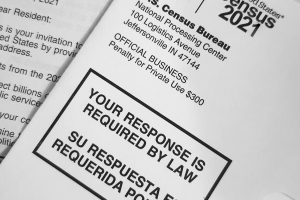Support migrant centric journalism today and donate

The education levels of immigrants to the US are higher this decade than in the late 1990s, the newspaper USA Today reports.
According to US Census Bureau data released on February 21, of the 3.4 million immigrants aged 25 or older who arrived between 2000 and 2004, 30.7% did not complete high school, compared with 33.2% who did not complete high school out of the 3.5 million people who settled in the country from 1995 to 2000. Also, 34.3% of those who came to the US in the later period had college degrees compared with 32.5% percent in the earlier period.
Roughly 6 million people have arrived since 2000, of which 59% are from Latin America and 23% from Asia. These groups are also more highly qualified; 13% of Hispanics aged over 25 arriving since 2000 had college degrees compared with 9% of those who came in the 1990s. The figures for Asians was 65% who had college degrees since 2000 and 49% who had colledge degrees in the 1990s. Other research shows that the children of Asian and Hispanic immigrants are more likely than their parents to live in the suburbs, own their own homes and have college degrees.
This increase in qualification levels is at least partly driven by Government policies. In 2001, 2002 and 2003 the US issued 195,000 visas each year to specialized, college-educated workers sponsored by their employers, which is three times the normal rate.
According to a Government household survey conducted in March 2004 over 34 million people or one in eight of the population of the US were born overseas. Total immigration is forecast to be 14 million this decade, up from 12 million in the 1990s.
You will find further details of US Visas in the US section of our site.





















